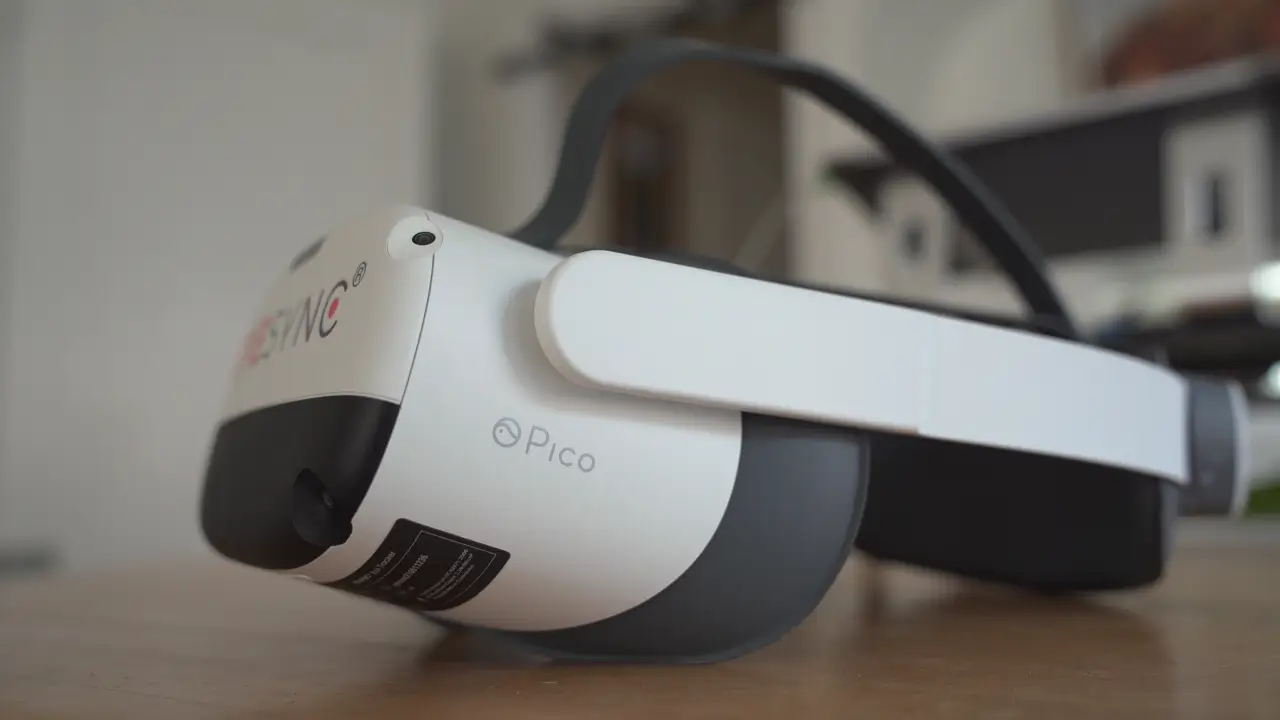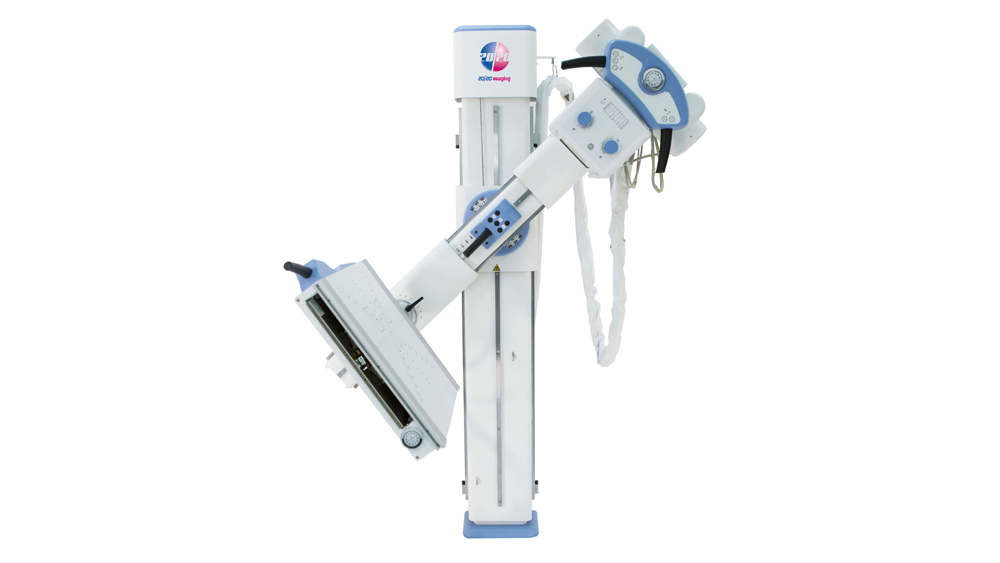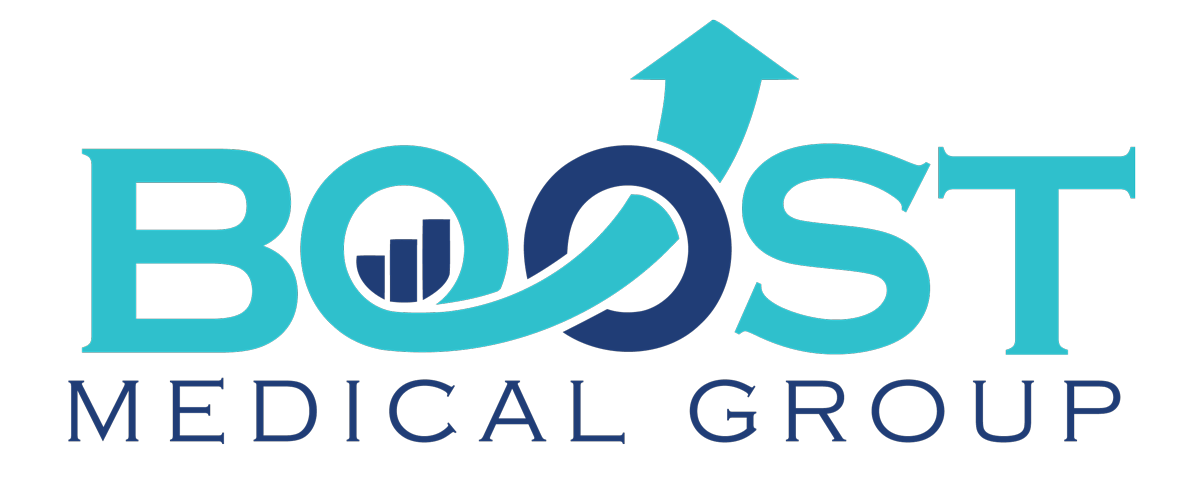Cutting-edge diagnostic technology enabling precise and early detection for better treatment outcomes.
Diagnostic Technology
Diagnostic Breakthrough
Accurate Diagnostics
Our FDA-cleared diagnostic technology looks at everything on a more granular level not only picking up the severe injuries, but the mild to moderate injuries too.
Boost Medical Group objectively quantifies TBI and AOMSI (Ligament Laxity) to the tenth of a millimeter through our Daubert-challenged software making claims irrefutable. We directly tie these injuries to the AMA guidelines.
qEEG
qEEG with Brain Mapping & Event-Related Potentials to quantify Brain Biomarkers (Traumatic Brain Injury)
qEEG with Brain Mapping and Event-Related Potentials is an advanced tool that measures brain activity to identify biomarkers of Traumatic Brain Injury (TBI). It provides precise, real-time data on brain function, detecting even subtle injuries and aiding in personalized treatment planning.


VOMS/VNG
Vestibular Ocular Motor Screening & Videonystagmography to analyze Eye Movement and identify Concussions / Brain Impairment (Traumatic Brain Injury)
Vestibular Ocular Motor Screening (VOMS) and Videonystagmography (VNG) analyze eye movements to detect concussions and brain impairments from Traumatic Brain Injury (TBI). These techniques assess balance and coordination to identify subtle brain dysfunctions.
Motion X-ray
Advanced Digital Motion X-ray for Accurate Impairment Evaluation
Digital Motion X-ray analyzing flexion and extension movements for the cervical and lumbar area to detect and evaluate ratable impairment established by the AMA guidelines. Carriers set aside approximately $65,000 for this injury alone (Alteration of Motion Segment Integrity / Ligament Laxity)


Software
Demand Letter Software
Our customized, thorough demand letters tap into thousands of decision points and value drivers to open the windows of Colossus and the other underwriting algorithms.





